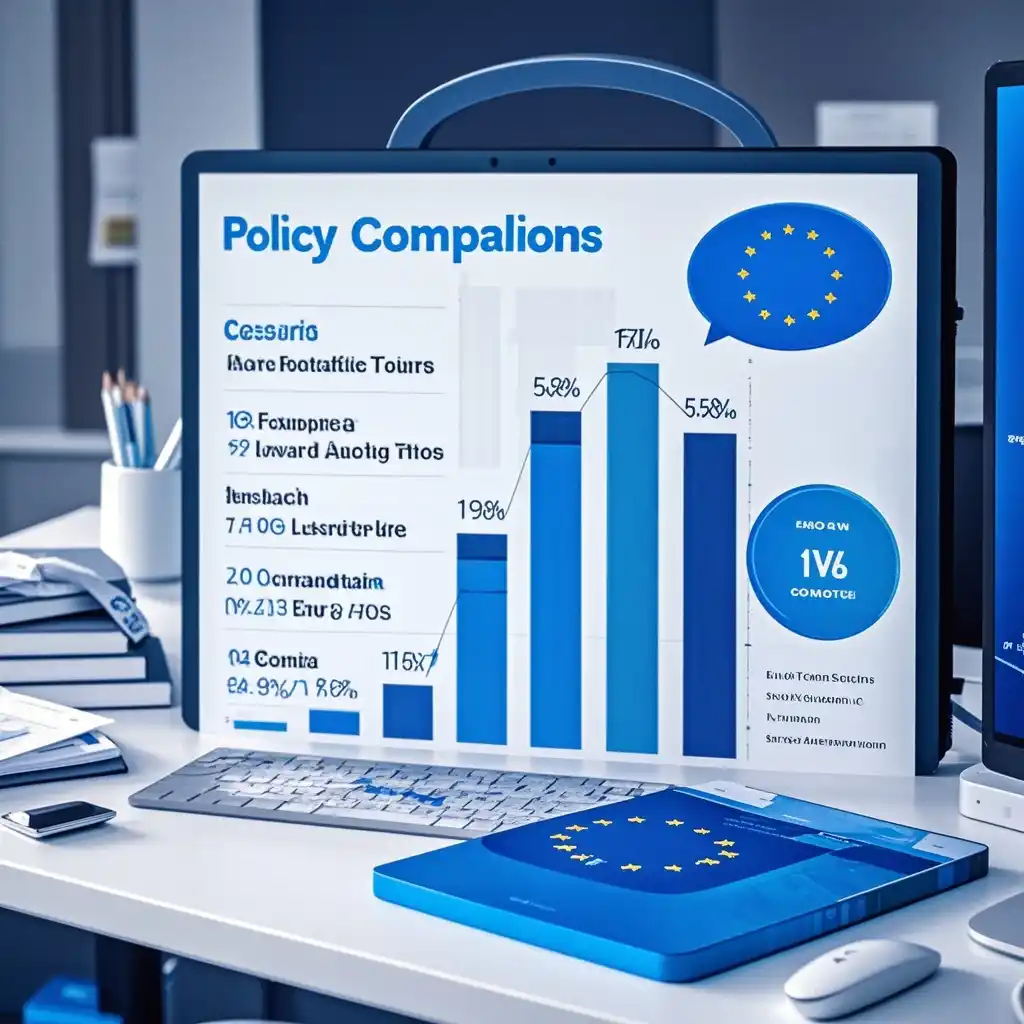

Background
In the era of globalization, cross-border e-commerce has witnessed remarkable growth. It has become an important means for businesses to expand their markets and for consumers to access a wider range of products. However, the development of cross-border e-commerce is significantly influenced by the tariff policies of different countries. The European Union (EU) and Canada are two major economies with distinct tariff policies, which have a profound impact on cross-border e-commerce activities.
The EU is a large economic bloc consisting of multiple member states. It has a complex and comprehensive tariff system designed to protect its internal market while also facilitating trade within the bloc and with the rest of the world. Canada, on the other hand, as an independent economy, formulates its tariff policies based on its own economic interests, trade relations, and domestic industrial development needs.
Policy Comparison
EU Tariff Policy
The EU applies a Common External Tariff (CET) for goods imported from outside the bloc. The CET rates vary depending on the type of goods. For example, in the case of textiles, the average tariff rate can be around 10% to 12%. For certain high-tech products, the tariff rates may be relatively lower, usually ranging from 2% to 5% to encourage the import of advanced technologies.
Moreover, the EU has specific rules regarding the origin of goods. To qualify for preferential tariff treatment within the EU, goods must meet certain origin criteria. For instance, at least 50% of the value of the product must be added within the EU or in a country with which the EU has a free trade agreement. This rule aims to protect the EU's domestic industries and ensure that only goods that have a sufficient economic connection with the EU enjoy preferential tariffs.
Canada Tariff Policy
Canada also has a tiered tariff structure. For some basic consumer goods like food items, the tariff rates can be relatively low. For example, the tariff on certain types of canned fruits is around 3% to 5%. However, for automobiles and some industrial machinery, the tariff rates can be significantly higher. The tariff on imported automobiles can reach up to 6.1% depending on the type and value of the vehicle.
Canada has been actively involved in negotiating free trade agreements. For example, the Canada-EU Comprehensive Economic and Trade Agreement (CETA) has had a significant impact on tariff reductions between the two regions. Under CETA, many tariffs on goods traded between Canada and the EU have been gradually phased out over a period of time. This has promoted the growth of cross-border e-commerce between the two economies.
Impact on Cross-border E-commerce
Impact on EU Cross-border E-commerce
The EU's tariff policies have both positive and negative impacts on cross-border e-commerce. On the positive side, the relatively lower tariffs on high-tech products have encouraged the import of advanced technological devices, which has benefited consumers who can access the latest gadgets at more reasonable prices. For example, the import of smartphones from Asian countries with lower tariffs has led to increased competition in the EU market, resulting in lower prices for consumers.
However, the complex origin rules and higher tariffs on some traditional goods like textiles have posed challenges for small and medium-sized e-commerce businesses. These businesses may find it difficult to comply with the origin requirements and bear the higher costs associated with tariffs, which may limit their ability to expand their cross-border business operations.
Impact on Canada Cross-border E-commerce
In Canada, the tariff situation also affects cross-border e-commerce in multiple ways. The lower tariffs on basic consumer goods have facilitated the import of a wide range of products, satisfying the diverse needs of Canadian consumers. For instance, the import of affordable clothing and household items from countries like China has been on the rise, thanks to the relatively reasonable tariff levels.
On the other hand, the higher tariffs on automobiles and industrial machinery have had an impact on the import of related products for e-commerce businesses. This may limit the availability of certain products in the Canadian market through cross-border e-commerce channels and potentially drive up prices for consumers who rely on these imports.
Conclusion
In conclusion, the tariff policies of the EU and Canada have distinct characteristics and exert significant impacts on cross-border e-commerce. The EU's Common External Tariff system with its specific origin rules and varying tariff rates based on product types affects the flow of goods in and out of the bloc. While the lower tariffs on some high-tech products are beneficial, the complex rules can be a hurdle for e-commerce businesses.
Canada's tariff policy, with its tiered structure and the influence of free trade agreements like CETA, also shapes the cross-border e-commerce landscape. The lower tariffs on basic consumer goods promote imports, but the higher tariffs on certain products can limit market access and price competitiveness.
For cross-border e-commerce businesses operating between the EU and Canada or targeting these markets, it is crucial to have a thorough understanding of the respective tariff policies. By carefully analyzing and adapting to these policies, businesses can better navigate the challenges and opportunities presented by cross-border e-commerce in these regions, thereby maximizing their growth potential and profitability.